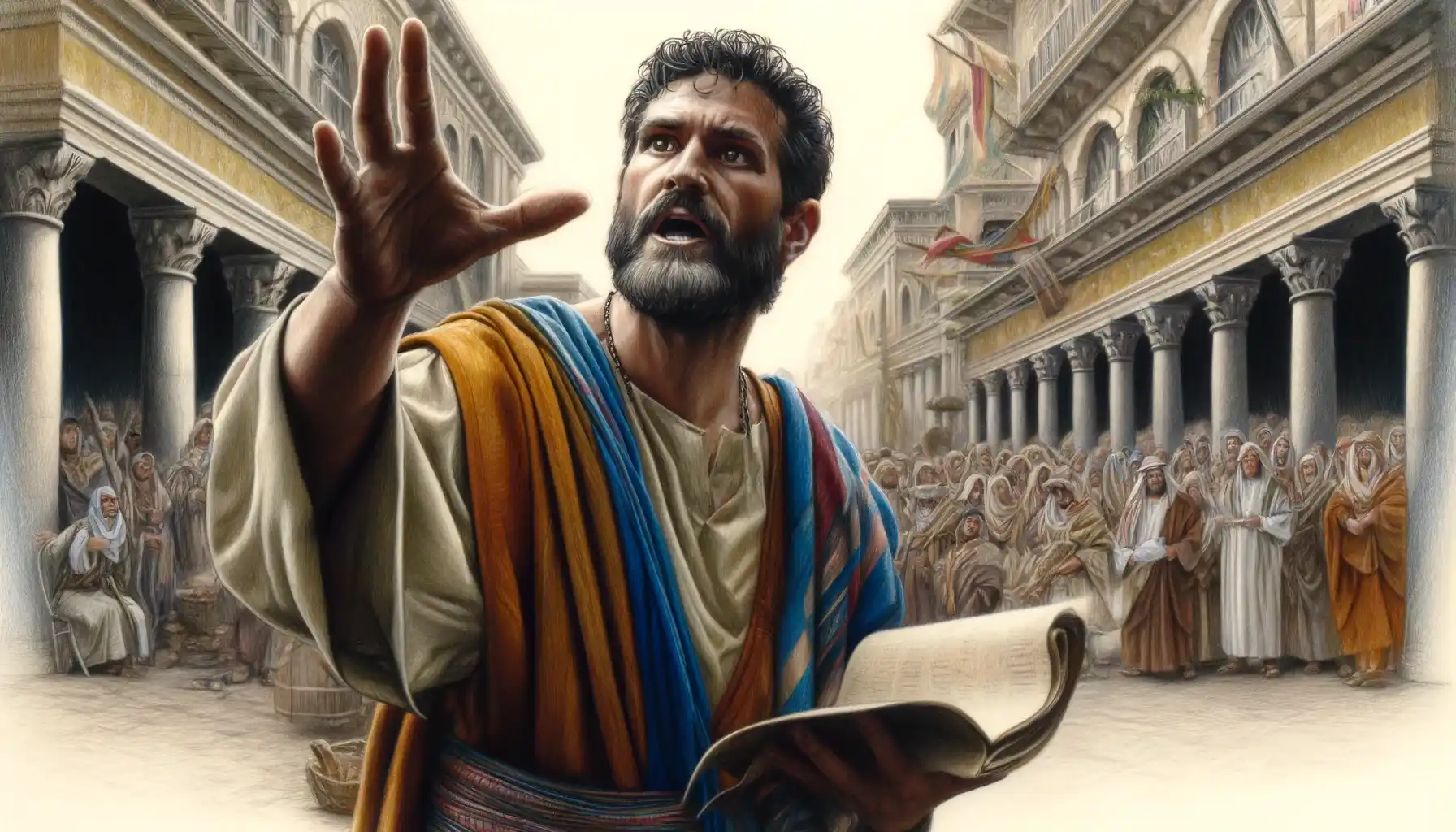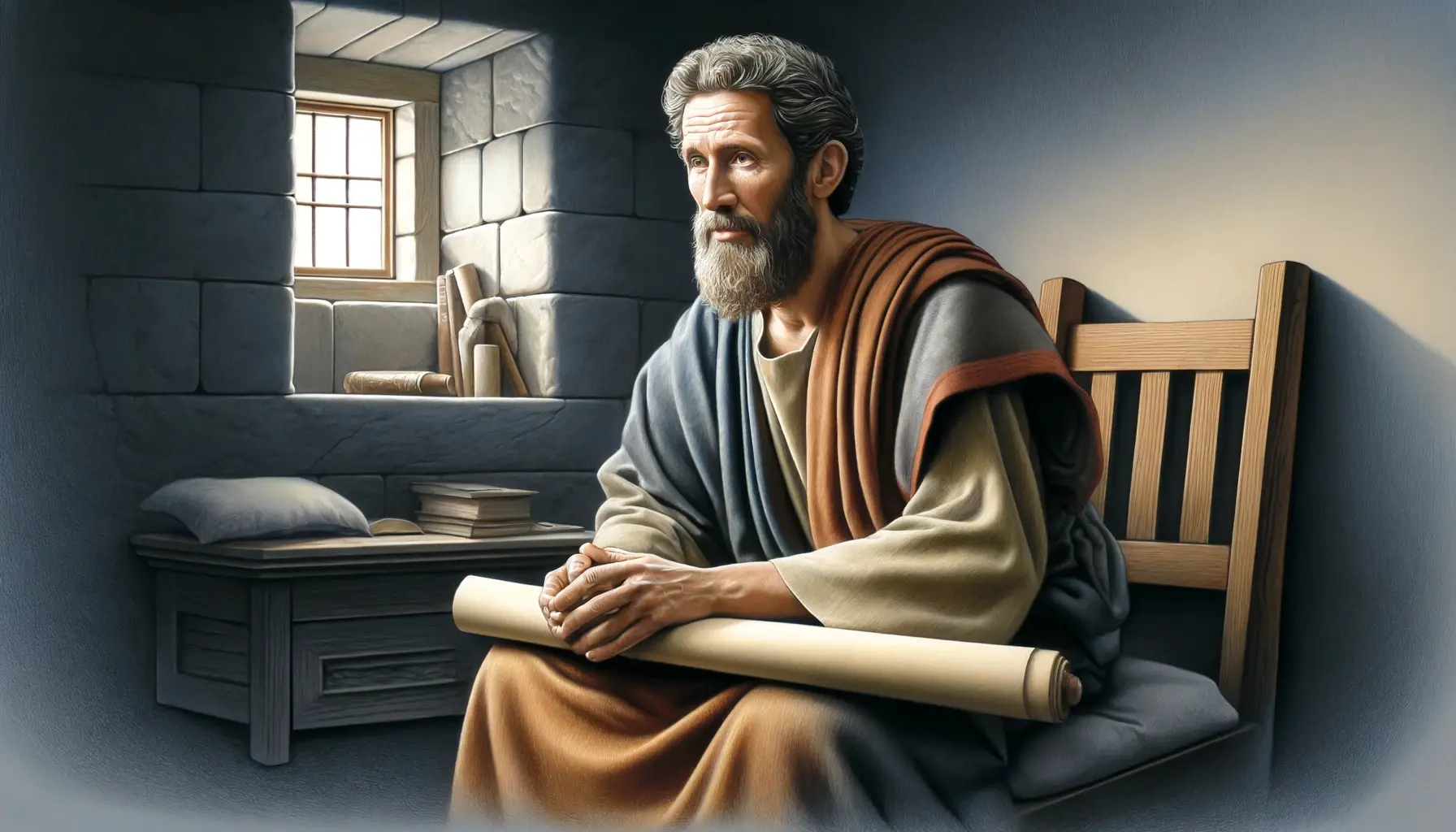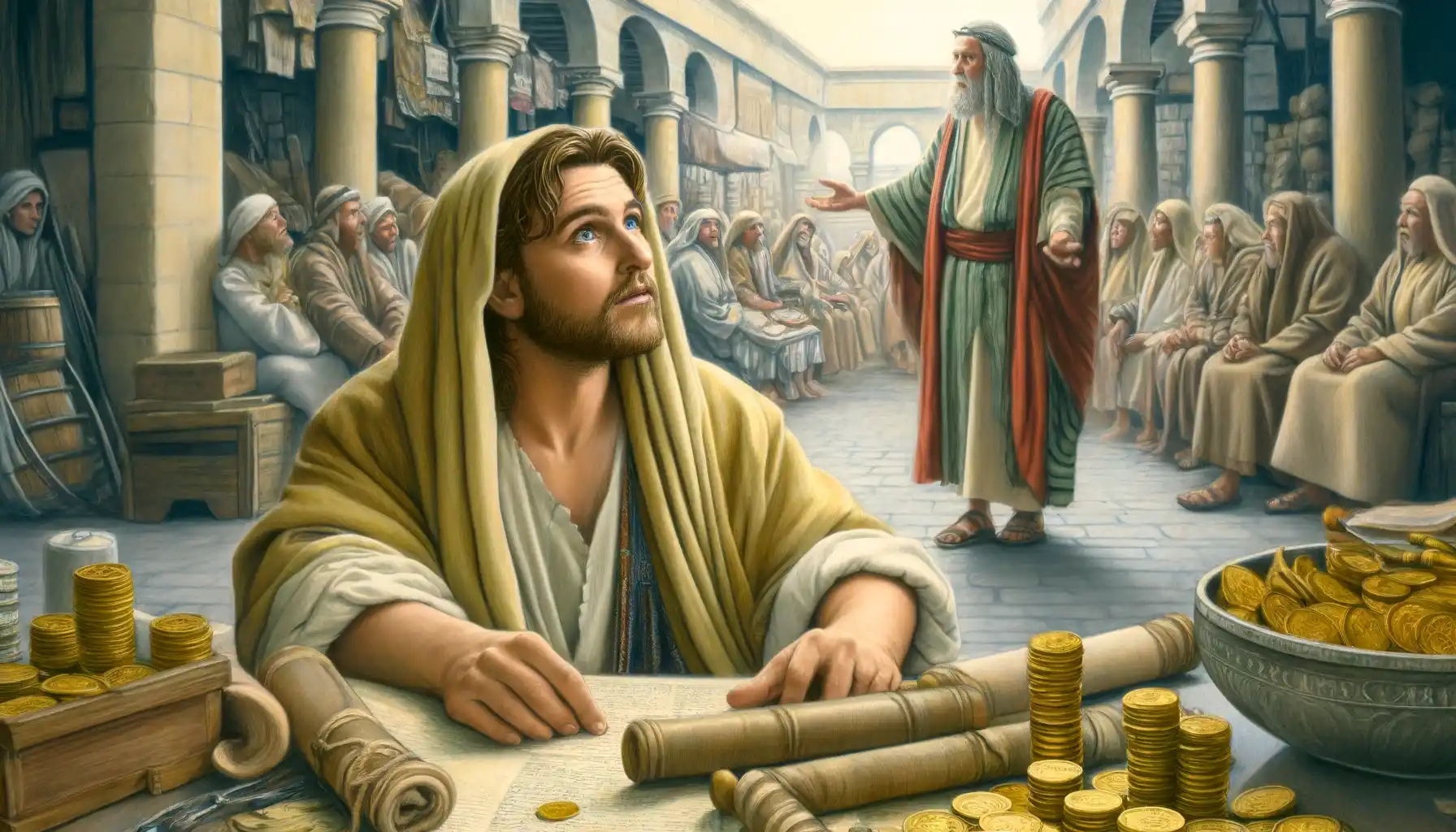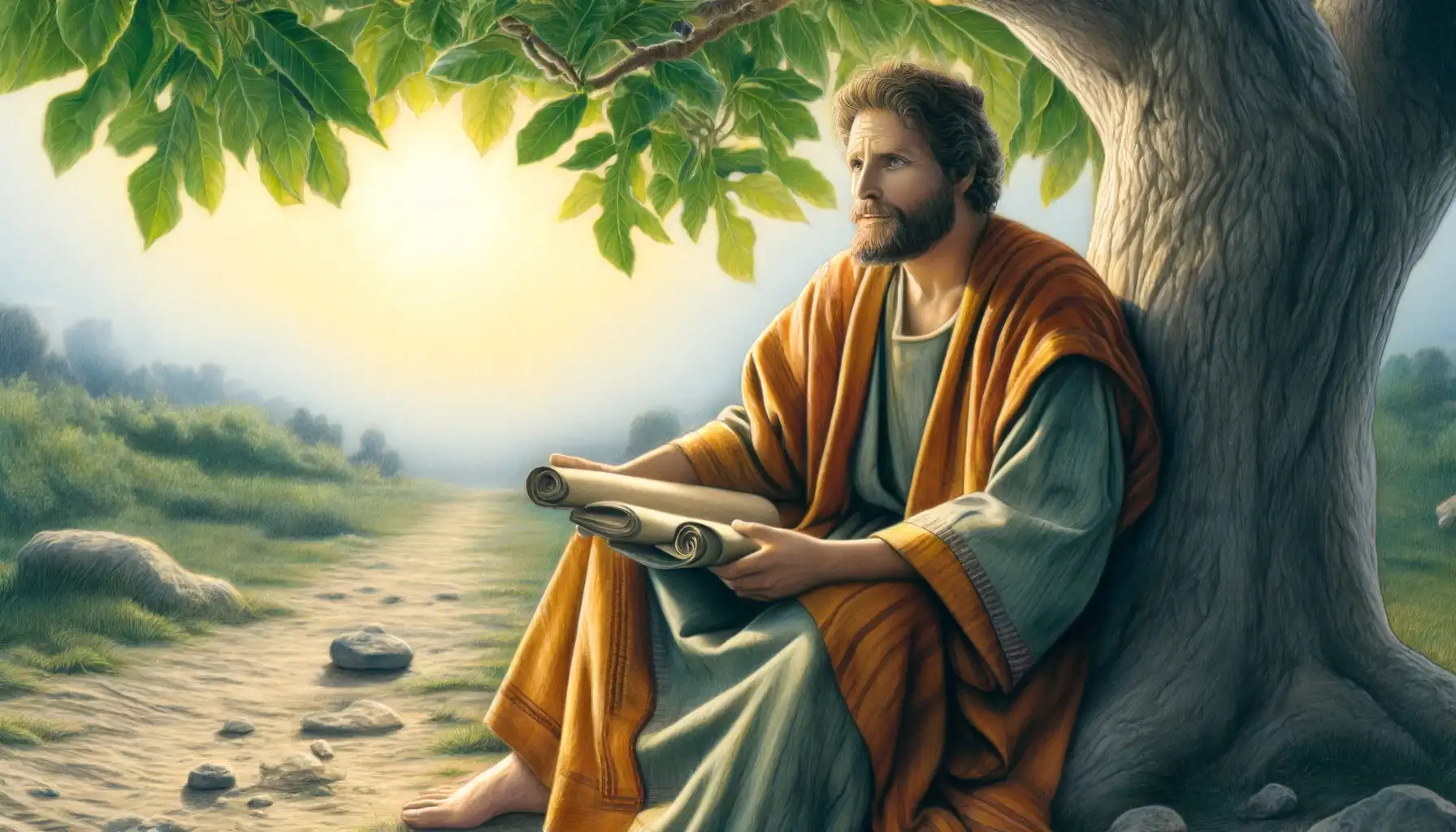Simon the Zealot, one of the Twelve Apostles, is noted for his background as a possible member of the Jewish political movement opposing Roman rule, indicating a fervent zeal that he redirected towards spreading Jesus’ teachings after the Resurrection, embarking on missionary journeys to Egypt and Persia and ultimately being martyred, a testament to his deep commitment to the Christian faith and his diverse background enriching the early Christian community.
James the Less, one of the Twelve Apostles of Jesus Christ and traditionally identified as the son of Alphaeus, is known for his humility and lesser prominence compared to James the Greater, likely referred to as “the Less” due to his younger age or smaller stature.
Thomas the Apostle, also known as Didymus, is renowned for his initial skepticism about Jesus’ resurrection, famously declaring he would not believe until he could see and touch Jesus’ wounds himself, a moment that epitomizes his rational character; this skepticism was transformed into profound faith when Jesus appeared and invited him to verify His wounds, leading Thomas to exclaim, “My Lord and my God!”—one of the clearest proclamations of Christ’s divinity in the New Testament. Post-resurrection, Thomas is believed to have traveled to India, where he established one of the oldest Christian communities and was eventually martyred, his legacy enduring as a symbol of faith that develops from personal encounter and sacrifice, commemorated as the patron saint of architects and the blind, with his feast days celebrated in both the Western and Eastern Churches.
Matthew, also known as Levi, was originally a tax collector before heeding Jesus’s call to “Follow me,” leading to his immediate departure from his previous life and his transformation into one of the Twelve Apostles, demonstrating the inclusive nature of Jesus’s ministry. Traditionally credited as the author of the first Gospel, Matthew’s writings are characterized by their structured thematic approach and emphasis on Jesus as the fulfillment of Old Testament prophecies, aimed at a Jewish Christian audience. His Gospel, which includes detailed teachings such as the Sermon on the Mount, highlights themes like righteousness, the kingdom of heaven, and the universality of Jesus’s message, resonating with both Jews and Gentiles. Venerated as a saint, Matthew’s legacy extends to being the patron of accountants, bankers, and tax collectors, with his life story embodying profound themes of conversion, discipleship, and the transformative power of divine grace.
Bartholomew, also known as Nathanael in the Gospel of John, is a biblical figure whose journey from skepticism to profound faith exemplifies the transformation experienced by those who encounter Jesus; recognized by Jesus as “an Israelite indeed, in whom there is no deceit,” Nathanael’s straightforwardness and integrity mark him as a disciple who is both honest in his doubts and sincere in his conversion. Following Jesus’ resurrection and ascension, he embarked on missionary journeys to diverse regions including India, Armenia, Ethiopia, and Southern Arabia, facing significant challenges but also contributing to the Christian tradition in these areas; his martyrdom, characterized by being flayed alive and then crucified, underscores his commitment to his faith and his willingness to endure immense suffering for his belief in the Gospel, with his legacy continuing in his veneration as a saint, celebrated on August 24th in the Western Church and June 11th in the Eastern Church, and revered as the patron saint of various professions and causes.





